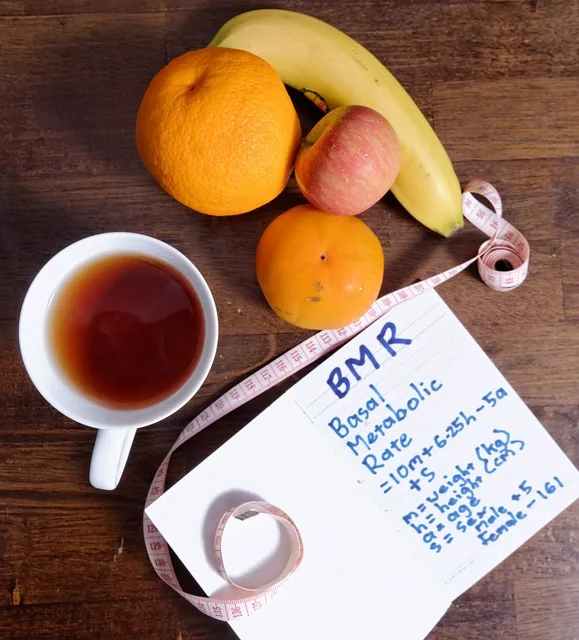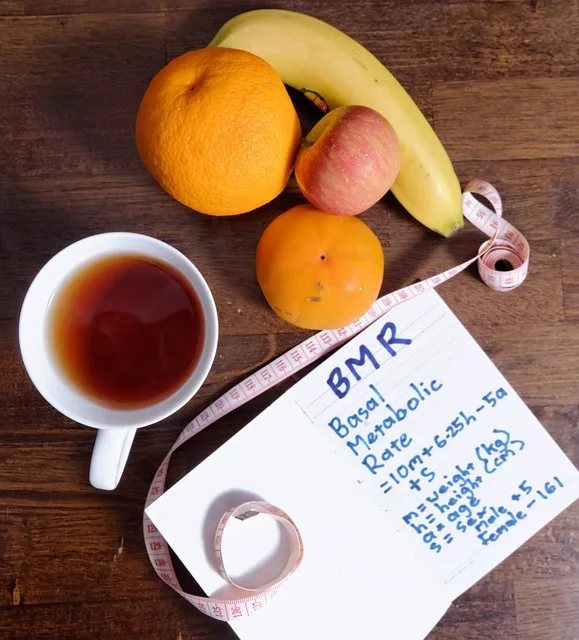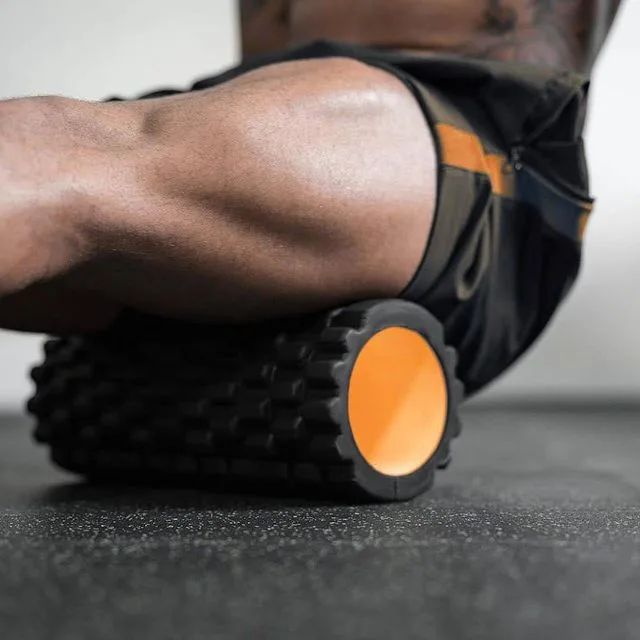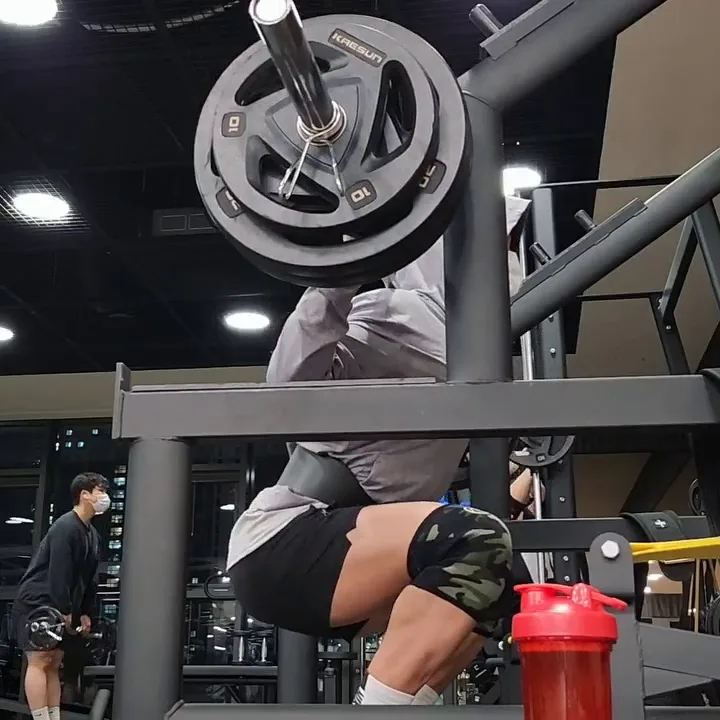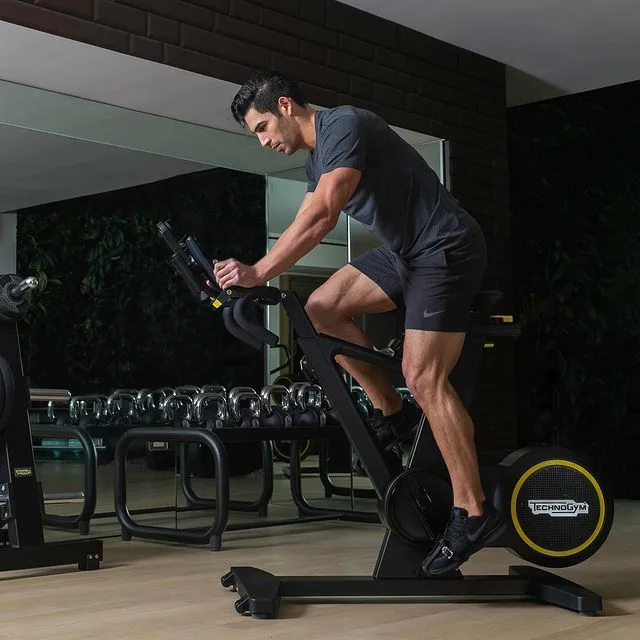How to stay fit in your busy schedule and full-time jobs? Maintaining an active lifestyle should be one of our highest priorities in life. Here, we show you easy ways to find time for training, no matter how tight your program is.
Below are some tips for staying healthy, being active, and relaxing so that you can continue to buttocks and continue to name, even with the craziest of the schedule.
Top 10 Tips to Overcome Obstacles Stay Fit in Busy Schedule
- Make fitness a lifestyle change, not a time-sock
- Create schedule and strict to it
- Priority your fit schedule
- Morning Workout schedule
- Plan a high intensity workout with friends
- No gym: make home fit schedule
- Fit schedule in a weekend workout
- Plan (and pack) lunch and breakfast meal
- Track your calories intake
- A smart fit schedule to good night
1. Make fitness a lifestyle change, not a time-sock
Most people who “go to the gym more” as a New Year’s resolution spend the first two weeks of January in the gym every day. At some point, they burn out. They want their life back, and so they give up fitness.
If you build fitness into this all-consuming activity that directly collides with the rest of your life, then you are going to fail. Fitness should fit seamlessly into your life.
Keep your workouts as short as possible and by figuring out the schedule you can keep for a really long time, fitness will become a part of your life – not an interruption. You may still have a busy schedule, but you will be in the best shape of your life.
2. Create schedule and strict to it
Some of the most cited reasons for skipping a workout are like this: “I am too busy at work today; I can’t do my yoga class or Gym. If you unexpectedly had to pick up your child from school and had no back-up plan, how would you take care of the situation? Cancel an internal meeting? Take some work home with you? Prioritize something harder?
The truth is that when we really need to, we walk out of the office at the time which is necessary. Make a schedule (write it down if it helps!), Stick to it, and remind yourself that working outside is a priority.
3. Priority your fit schedule
You can do everything to get a good look at all the tasks on the never ending list and find out what really matters and then prioritize them for what is important first.
Some people like a program and like to know what they are doing and when, while others like to be more flexible. However if time is really the essence then make a fitness plan. Schedule each day of the week and it will help you focus when you can do workouts.
Remember that you must always be prepared to be flexible because sometimes stuff sits down and you have to skip a session, but writing a plan makes it seem more formal and you will be committed to doing it and stick to it.
4. Morning Workout schedule
When it comes to exercising, the best time of day in a workout session is one that you can do consistently. everyone is different. The “right” time depends on factors such as your choice, lifestyle and body.
Although there is not a one-size-fits-all answer, there are some benefits to morning workouts. Let’s take a look at the possible perks of an early sweat session.
If you are on the fence about starting a morning workout routine, consider the following benefits.
- A morning workout can be a better match for your body’s hormonal fluctuations.
- Cortisol is a hormone that keeps you awake and alert. It is often called stress hormone, but it only causes problems when it has too much or too little.
- Typically, cortisol rises in the morning and falls in the evening. It reaches its peak by 8 am.
- If you have a healthy circadian rhythm, your body may be more primed to exercise at this time.
- Physical activity improves focus and concentration, even if you do it. But if you have trouble concentrating during the day, a morning workout may be just the ticket.
A 2019 study published within the British Journal of sports medicine found that morning exercise improves attention, visual learning, and decision-making. 1
In the study, participants completed an 8-hour round without a long sit-down with a 30-minute morning walk on the treadmill. Some days, he also took a 3-minute walking break every 30 minutes.
Days with morning exercise were associated with better sensations throughout the day, especially when paired with regular breaks.
5. Plan a high intensity workout with friends
It’s no surprise that working with friends is more fun, but research proves that friends also have a big impact on your exercise routine. Fitness editor Jane Druker has shared the reasons why you should round up your friends and exercise together.
Start exercising together and you will be sure to work harder, burn more calories and try some new tricks. In fact, a study published in the scientific journal Nature Communications found that men are influenced by both their male and female friends, while only women influence other women when it comes to being active. 2
6. No gym: make home fit schedule
You don’t want to join the health club – it’s too expensive, no gym is convenient for you, or maybe you’re just the independent type. Or maybe you are already a gym member, but your schedule becomes too frantic for you.
It leaves working at home. But can you really get a great workout without leaving home?
Absolutely, says Kevin Steele, PhD, exercise therapist and 24-hour fitness center vice president. 3
According to Steele, an effective fitness program has five components that you can do at home:
- A warm-up.
- A cardiovascular (aerobic) workout.
- Resistance (power-building) practice.
- Flexibility moves.
- A cooldown
A warm-up can be a slow out or an easy walk on a treadmill or on a stationary bike. For the heart part, walking or paddling fast, doing step aerobics with a video, or jumping rope – anything you enjoy increases your heart rate.
The resistance portion can be as simple as abdominal crunches, push-ups, and squats. Or you can work with small dumbbells, a weight bar, band, or tubing.
Increase your flexibility with yoga poses or floor stretches. And your cooldown should be similar to a warm-up, Steele says – “low-level cardiac work to bring the heart rate to a resting position.”
You can do strength work in the same workout as your aerobic work, or split them. Just make sure to warm up and cool down every time you exercise.
If you are short on time one day, increase the intensity of your workout. Instead of your usual 45 minute ride on a stationary bike, choose a tough schedule for 25 minutes and really push yourself. Opt for mountain hiking in your neighborhood, or go jogging instead of walking.
7. Fit schedule in a weekend workout
With limited availability during the week, you may only have time to do cardio and this is it. So use your time on weekends to dedicate to areas of your workout that you miss, like strength training or stretching.
Without squeezing in your workouts before, during, or after your nine-fever, you have more time to devote to exercising, so use your weekends to workout longer. If you normally run or swim for 30 minutes, go for 45 or 60. Or you can join a two-hour hip-hop dance workshop.
8. Plan (and pack) lunch and breakfast meal
Remember to match the part mark that makes you the head of time? Take them everywhere with you. By eating every few hours (even if you cut something), it will help to overcome the intense cravings for junk food. Try to keep some snacks in your purse or car, so that you are always with them.
The amount of brown-bagging you eat during the day means how many calories you consumed. Lunch can be taken from past wheat or on whole wheat bread with a turkey sandwich with veggie and honey mustard.
Planning a lunch ahead of time helped you live with healthier options rather than buying a smooth slice of pizza nearby. Also, once you bought a meal and it was readily available in your kitchen, you have no excuse not to pack a nutritious lunch.
9. Track your calories intake
It can be important to track your food and calorie intake.
Research shows that people who eat calories tend to lose more weight and prefer to keep weight down for longer periods of time. 4 5
These days, counting calories is very easy. There are many useful websites and apps that help you log your food and track your intake.
They are all available online, and it takes less than a minute to sign up. They all have apps for iPhone, iPad, and Android.
10. A smart fit schedule to good night
When it comes to doing workouts, you know what you do in the gym is important. But what you do outside the gym – what you eat, what you drink, and especially how you sleep, is equally important. In fact, you must sleep for exercise to actually work.
We exercise for one purpose: for heart health, to increase lean muscle, to improve endurance, and more. All of these ‘goals’ require sleep.
Sleep allows your body to recover, conserve and repair energy, and to build muscles that work during exercise. When we have enough good quality sleep, the body produces growth hormone.
In a study published in the journal Sleep Medicine, individuals with a self-reported sleep schedule of less than 6.5 hours completed moderate-intensity workouts (walking on a walking bicycle, or walking or walking on a treadmill). Think four times a week for six weeks. At the end of the experiment, they reported receiving an additional 75 minutes of sleep per night – according to the study’s authors, more than any medication has helped deliver. 6
Getting enough sleep and getting regular exercise are both important, so how do you decide which one takes priority? You really shouldn’t put yourself in that position, because you need both.
- Wheeler MJ, Green DJ, Ellis KA, et al. “Distinct effects of acute exercise and breaks in sitting on working memory and executive function in older adults: a three-arm, randomised cross-over trial to evaluate the effects of exercise with and without breaks in sitting on cognition.” British Journal of Sports Medicine 2020;54:776-781. Available from: https://bjsm.bmj.com/content/54/13/776.[↩]
- Aral, S., Nicolaides, C. “Exercise contagion in a global social network.” Nat Commun 8, 14753 (2017). doi: 10.1038/ncomms14753.[↩]
- https://www.24hourfitness.com/ – Kevin Steele, PhD, exercise therapist and 24-hour fitness center vice president[↩]
- Kong A, Beresford SAA, Alfano CM, Foster-Schubert KE, Neuhouser ML, Johnson DB, Duggan C, Wang CY, Xiao L, Jeffery RW, Bain CE, McTiernan A. “Self-monitoring and eating-related behaviors are associated with 12-month weight loss in postmenopausal overweight-to-obese women.” J Acad Nutr Diet. 2012 Sep;112(9):1428-1435. doi: 10.1016/j.jand.2012.05.014. Epub 2012 Jul 13. PMID: 22795495; PMCID: PMC3432675.[↩]
- Burke LE, Wang J, Sevick MA. “Self-monitoring in weight loss: a systematic review of the literature.” J Am Diet Assoc. 2011 Jan;111(1):92-102. doi: 10.1016/j.jada.2010.10.008. PMID: 21185970; PMCID: PMC3268700.[↩]
- Reid KJ, Baron KG, Lu B, Naylor E, Wolfe L, Zee PC. “Aerobic exercise improves self-reported sleep and quality of life in older adults with insomnia.” Sleep Med. 2010 Oct;11(9):934-40. doi: 10.1016/j.sleep.2010.04.014. Epub 2010 Sep 1. PMID: 20813580; PMCID: PMC2992829.[↩]


